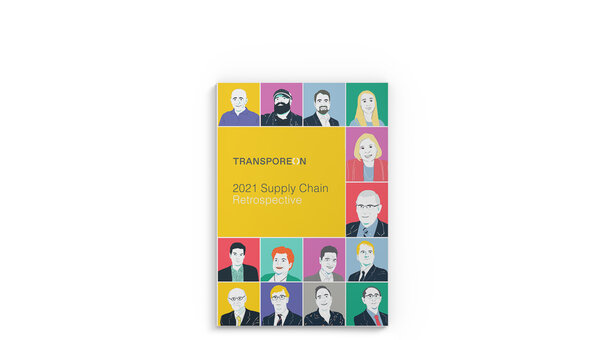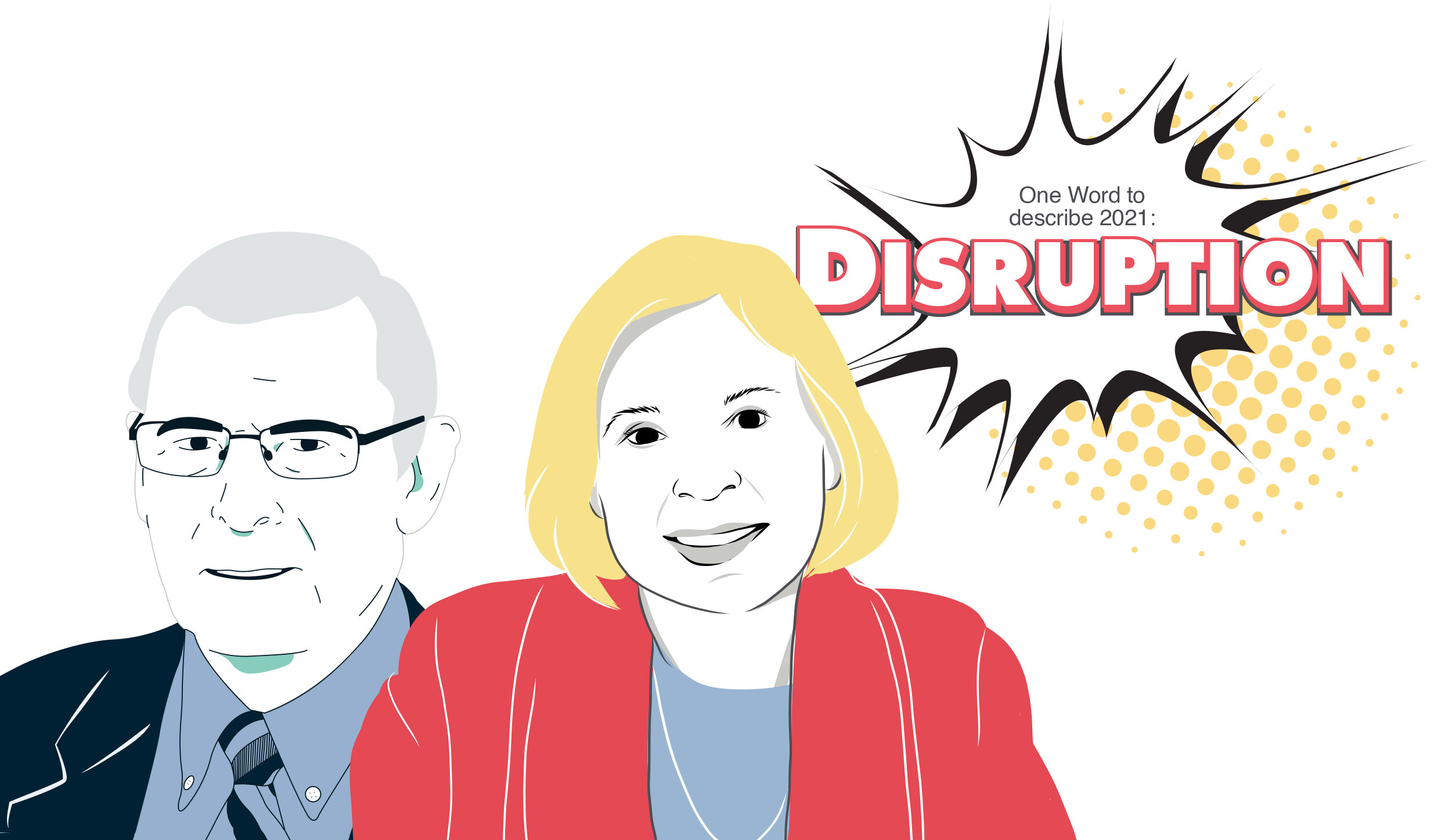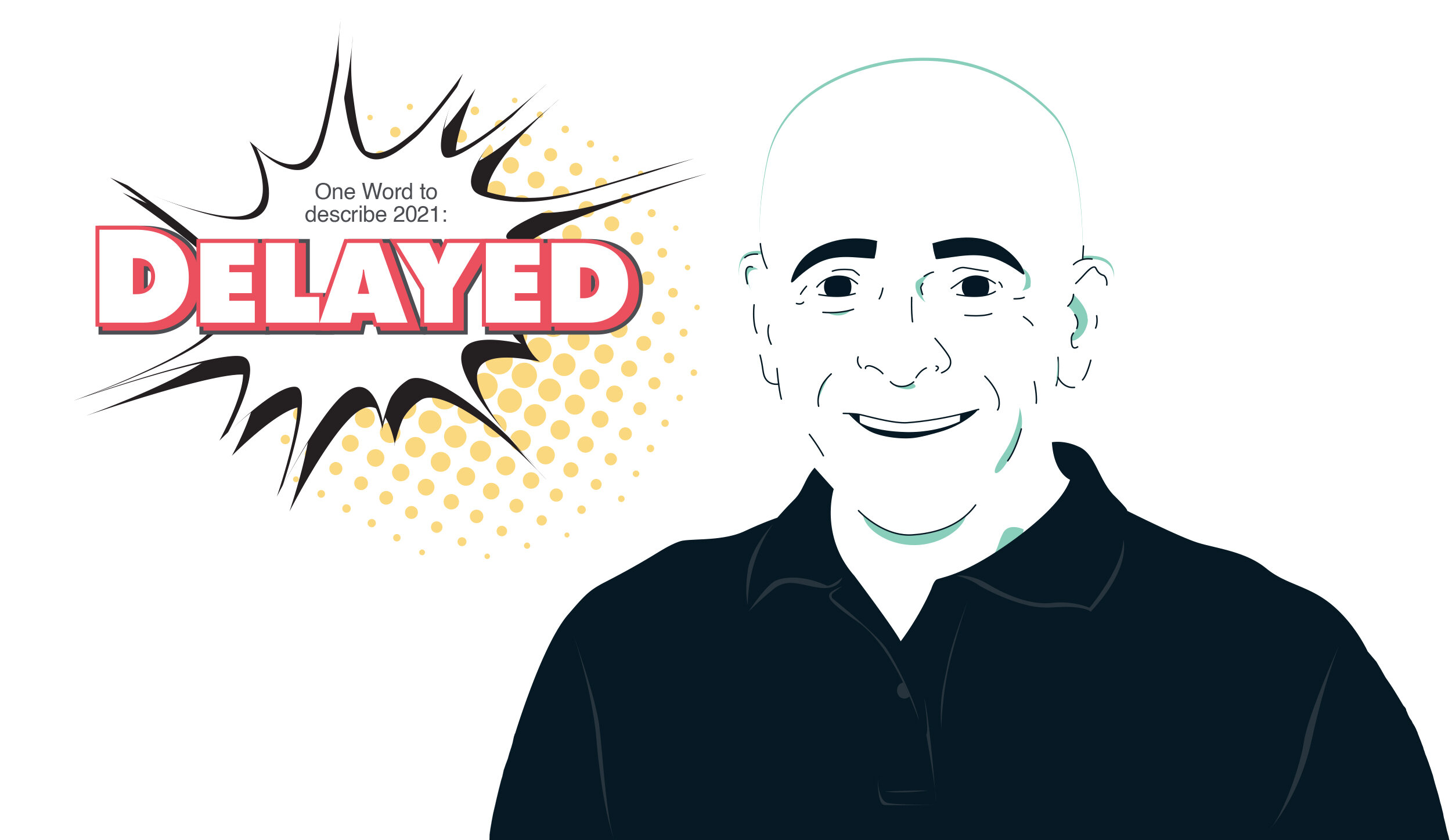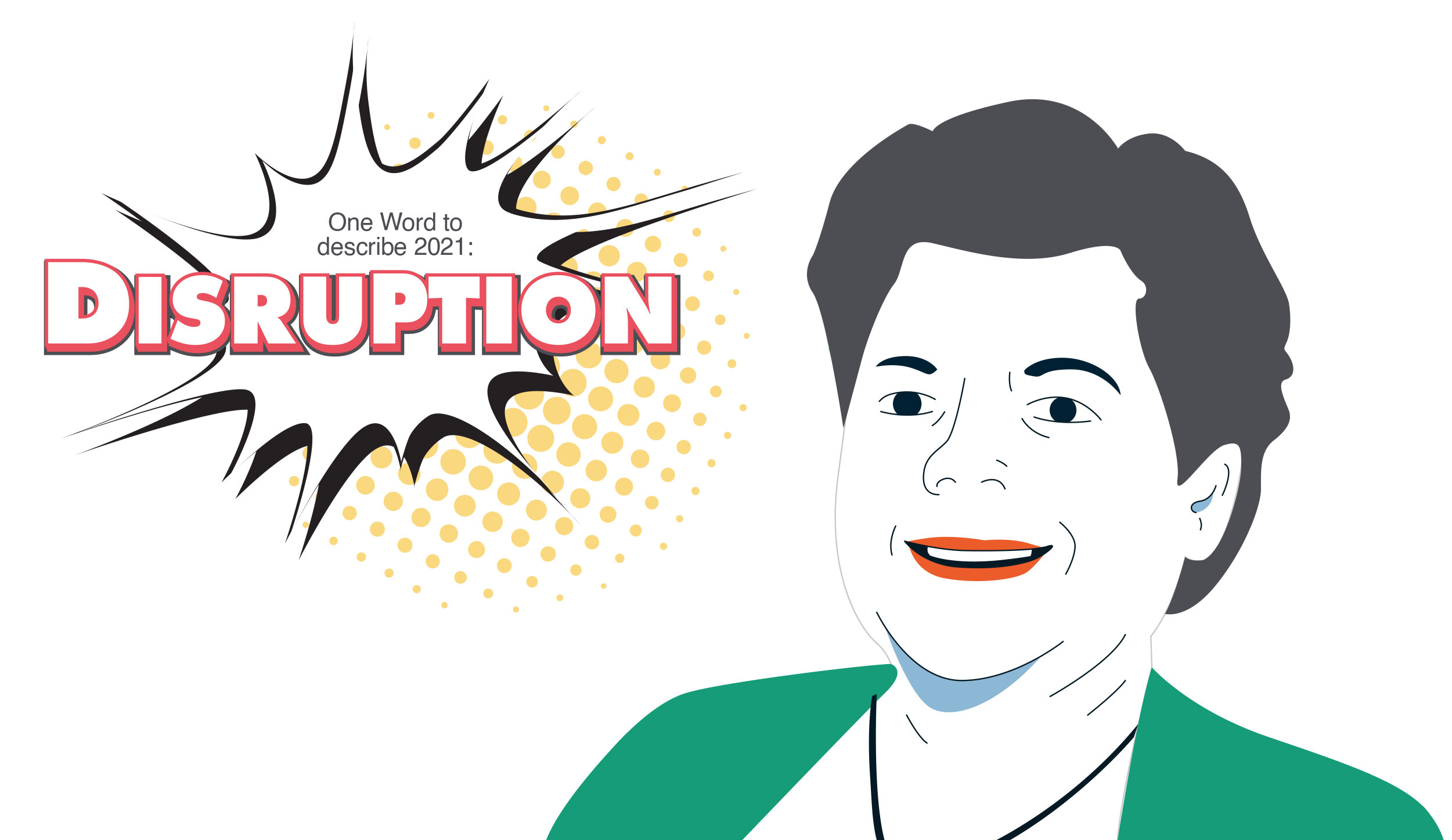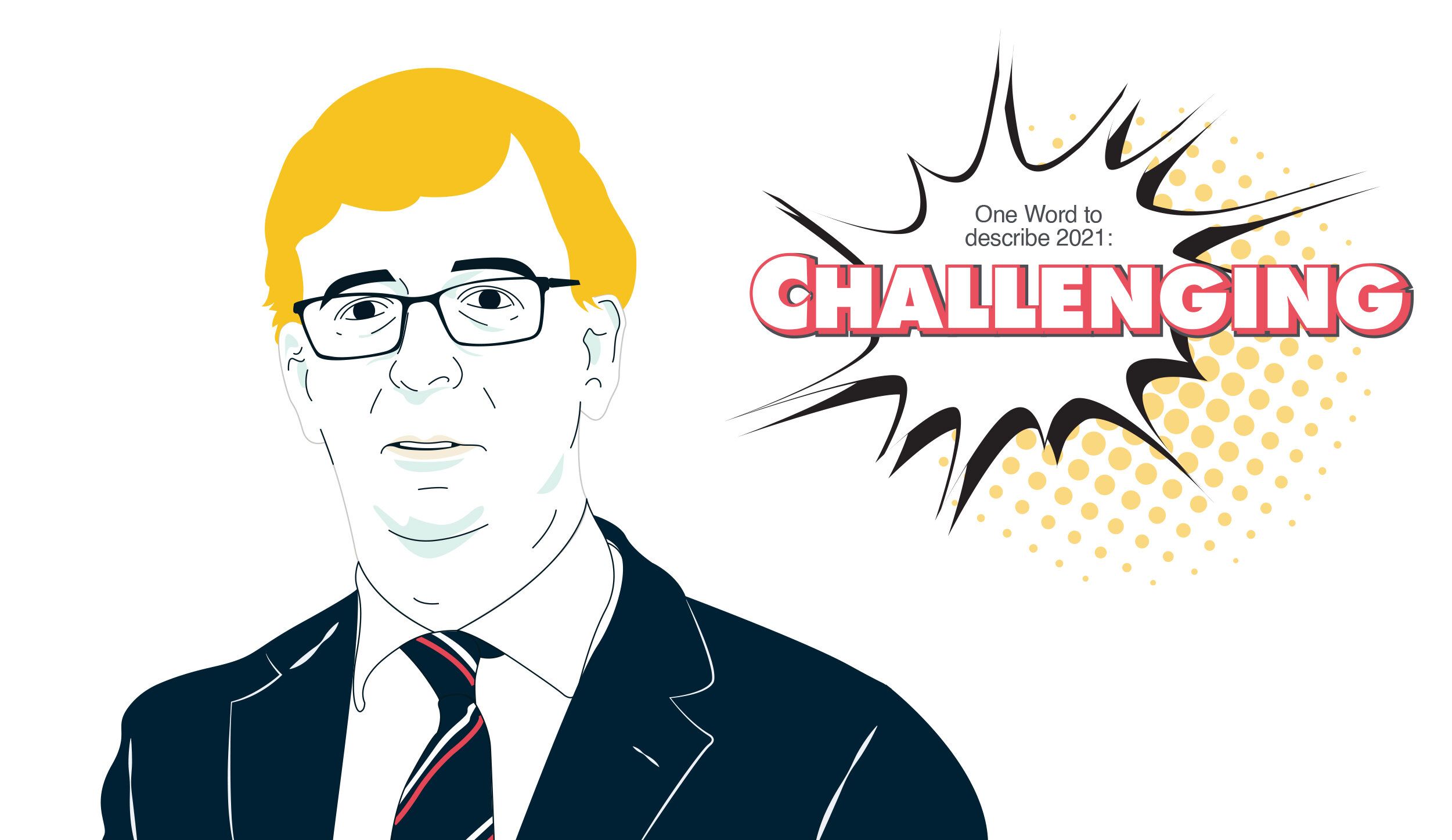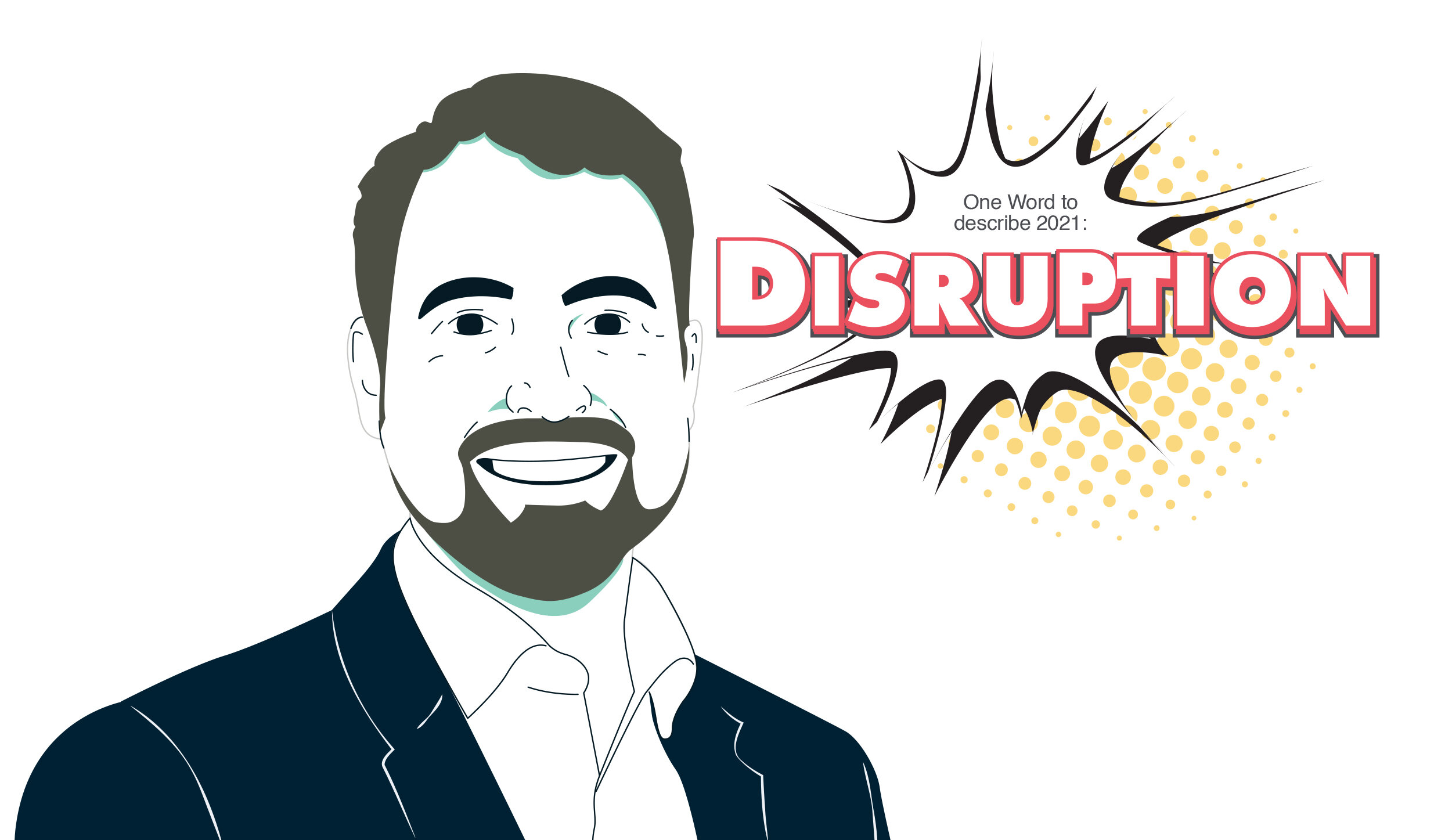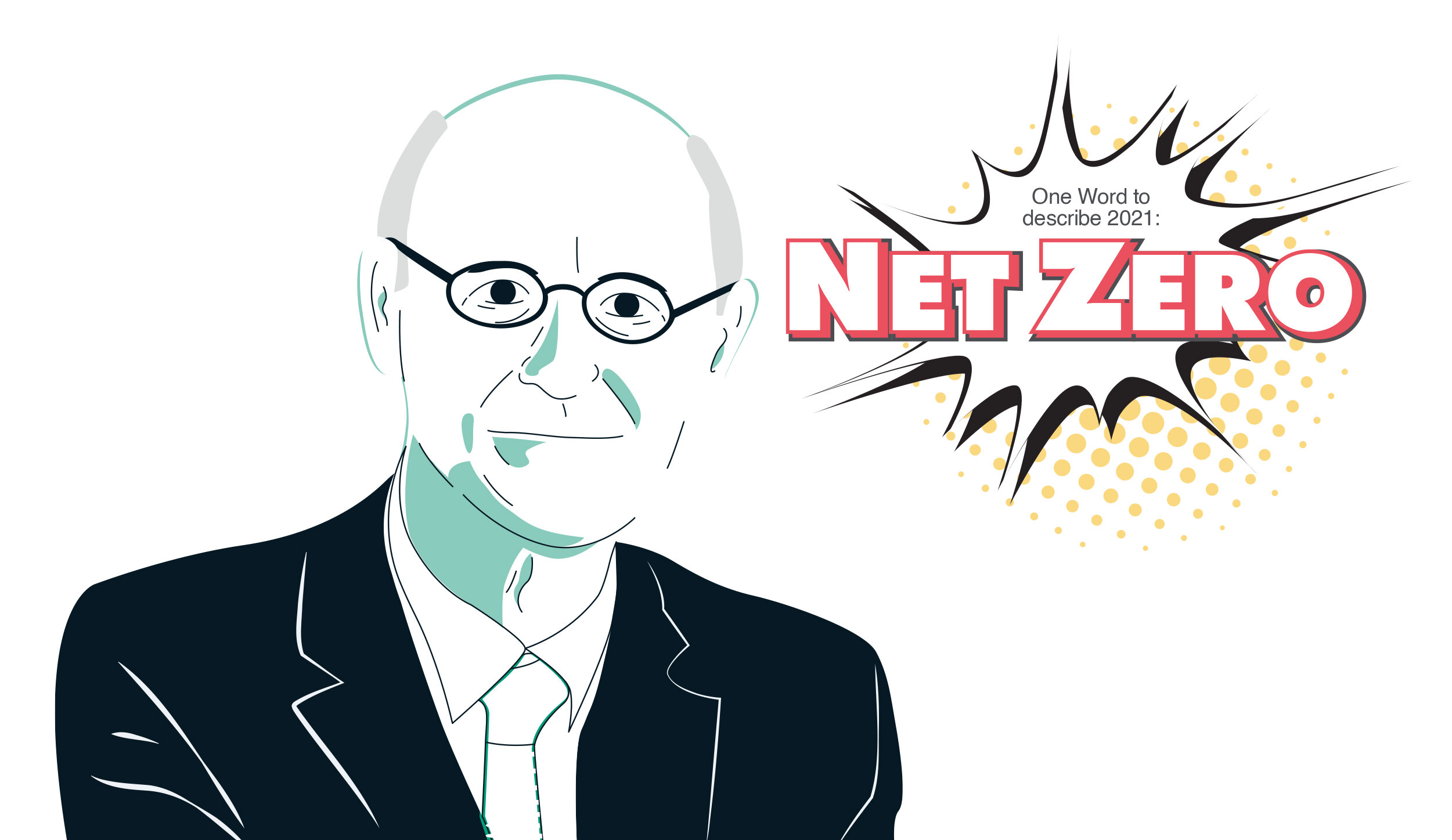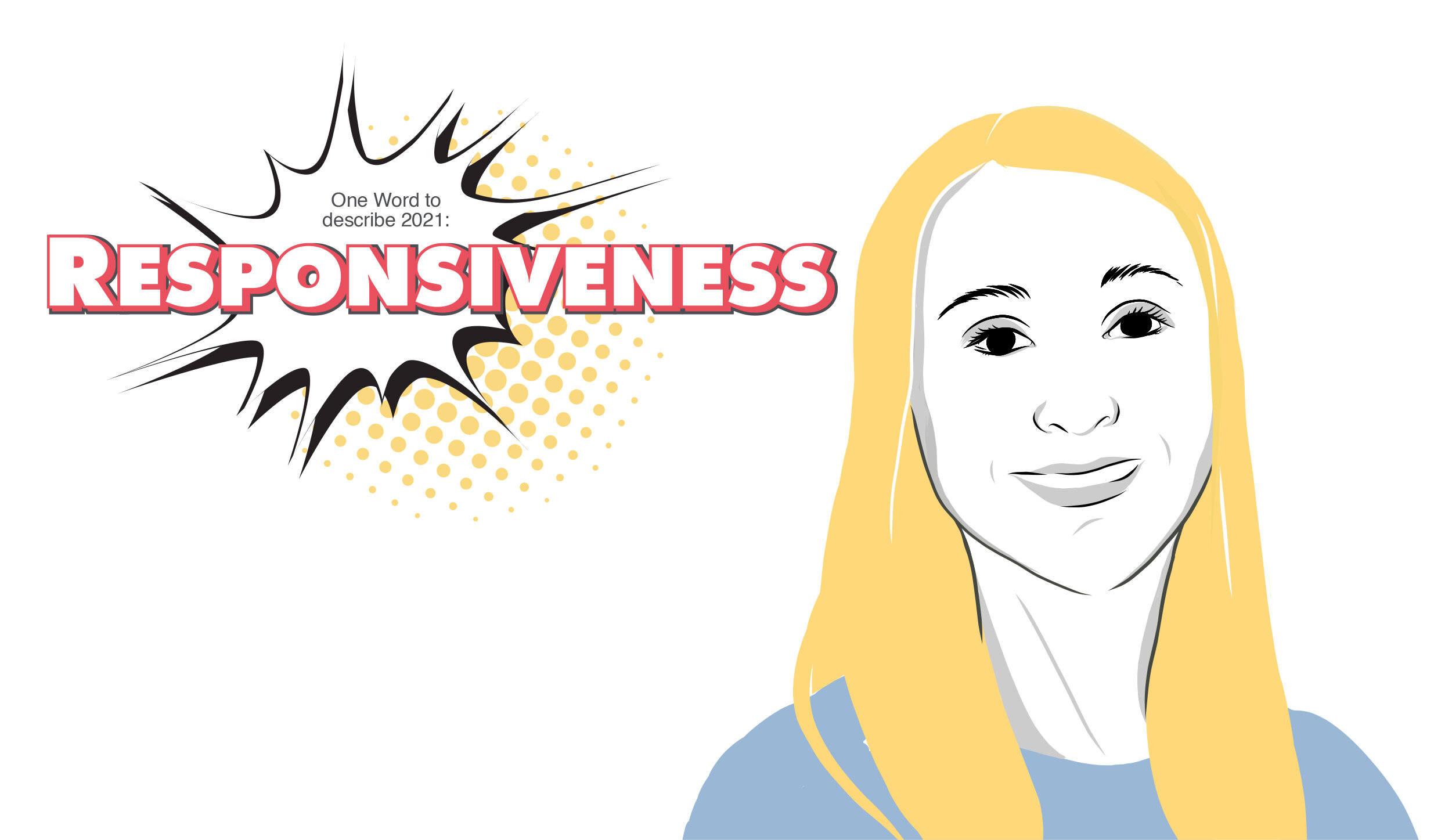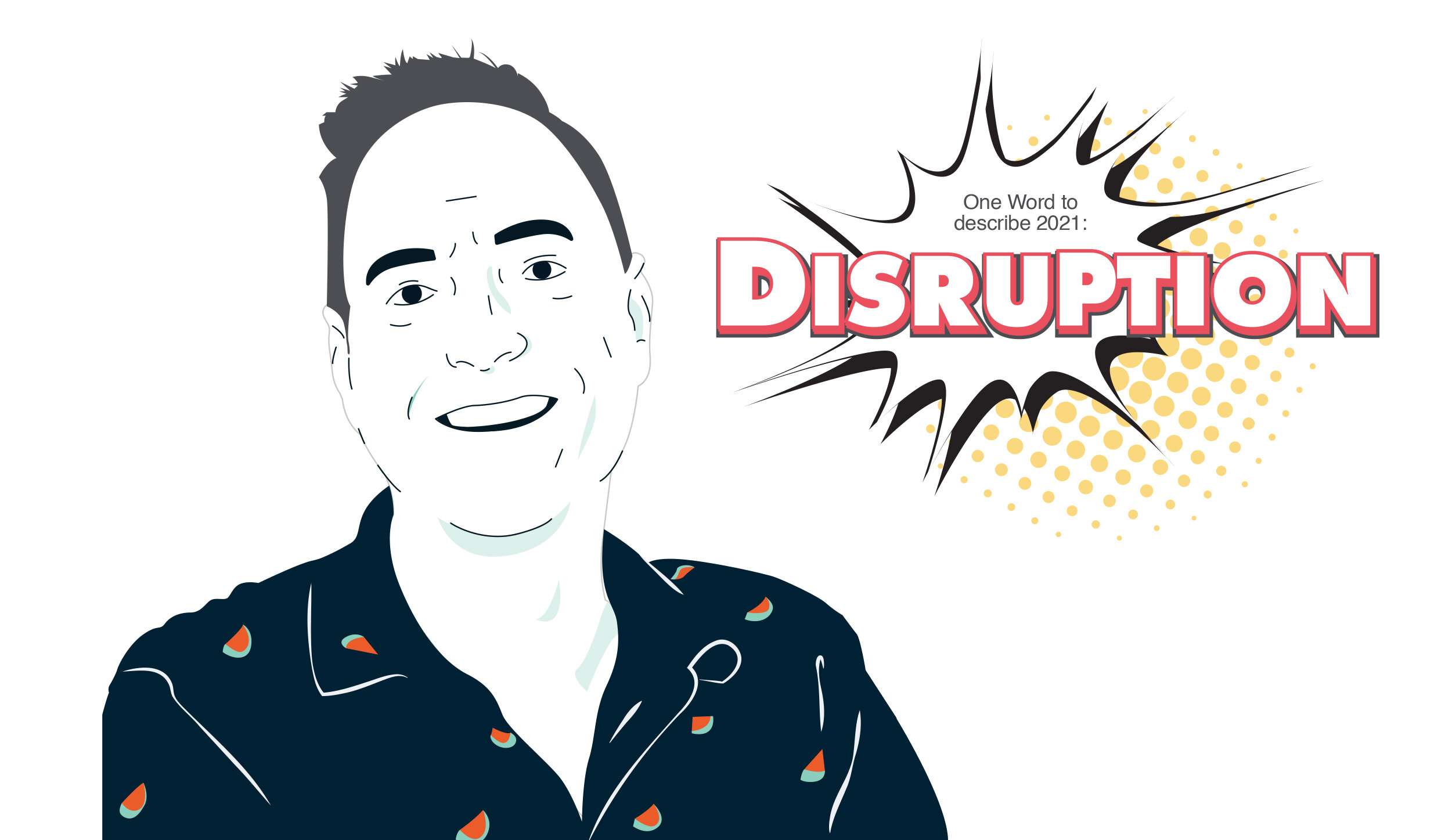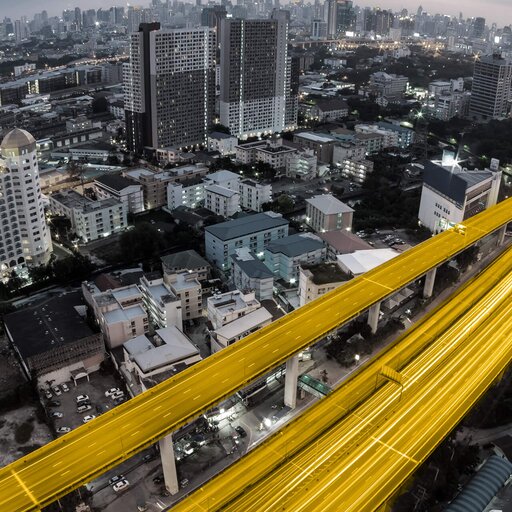Now as 2021 draws to a close, we have all realized that the “new normal” is anything but normal. The global disruptions that created such uncertainty — Covid-19, Brexit and its aftermath, the blockage of the Suez Canal, container imbalances — only fueled greater uncertainty. We saw shortages on all fronts: containers, trucks, and drivers, as well as all kinds of raw materials from semiconductors to building material. Despite all of this, our economy has recovered with strength — the OECD projects 4.5% growth in 2022 — largely due to the fact that most supply chains continue to operate reliably. In this light, 2021 was both a curse and a blessing for our industry. The curse of sequential disruptions giving way to the blessings of increased awareness and visibility for the importance of our industry.
This past year has been a challenge for everyone, especially within the transport industry. And with that comes the opportunity to learn and grow. We’ve collected the top insights from industry insiders to help us make sense of the past year — and set us up for success in 2022.
